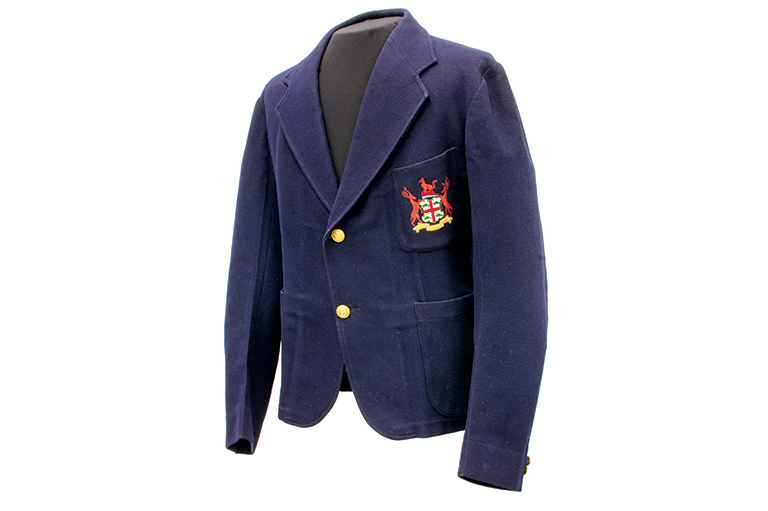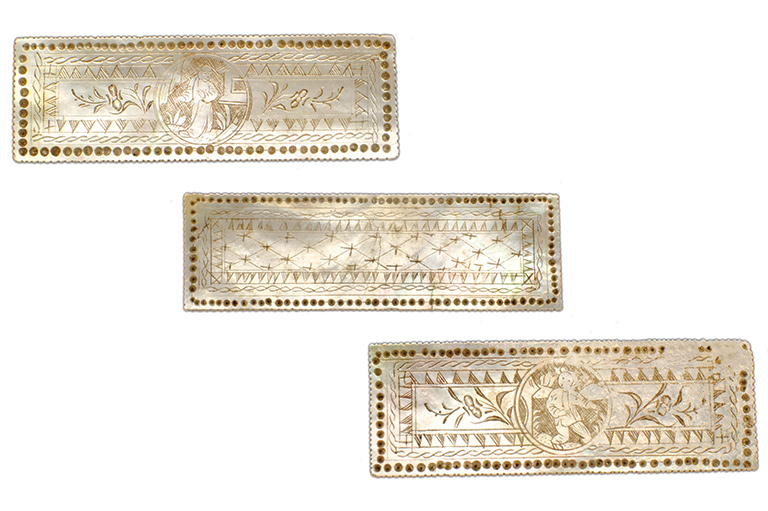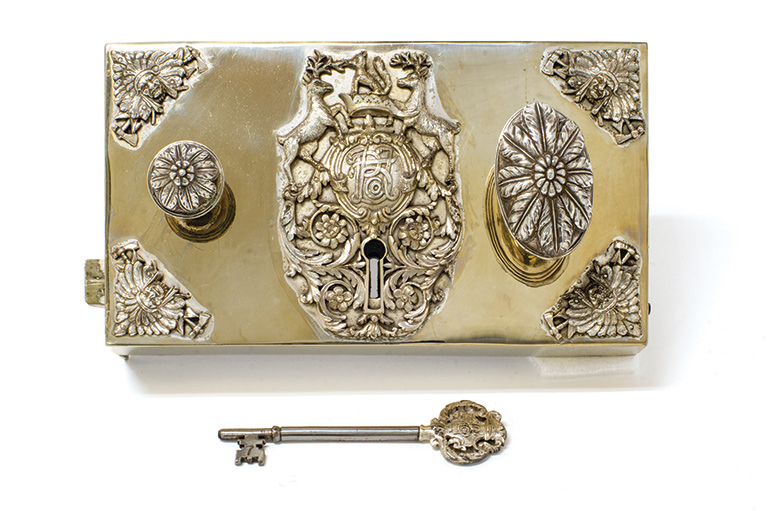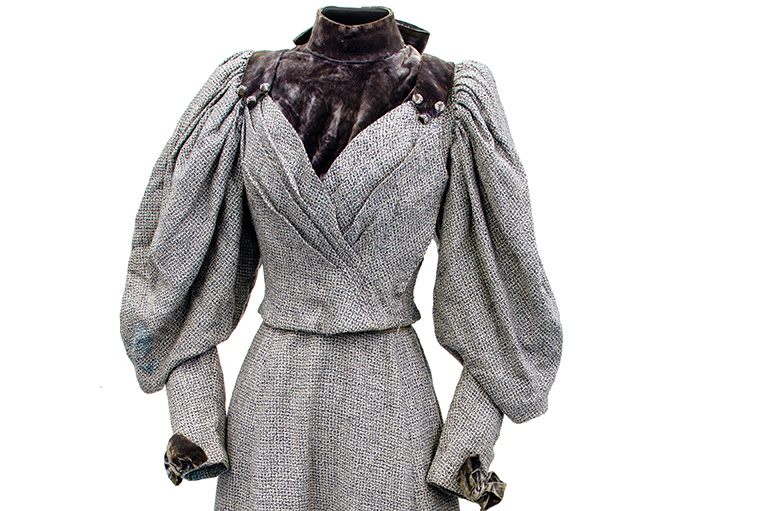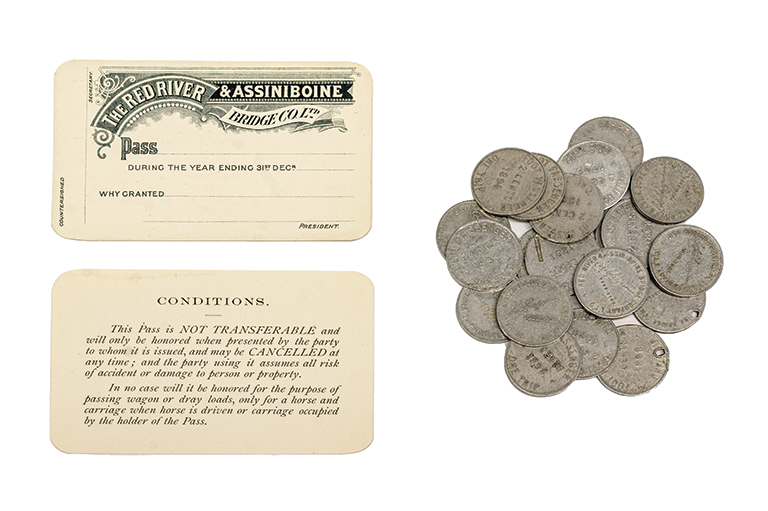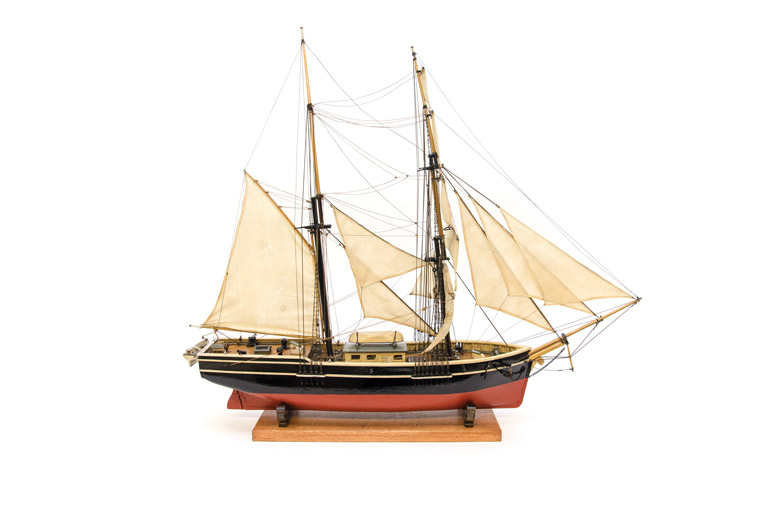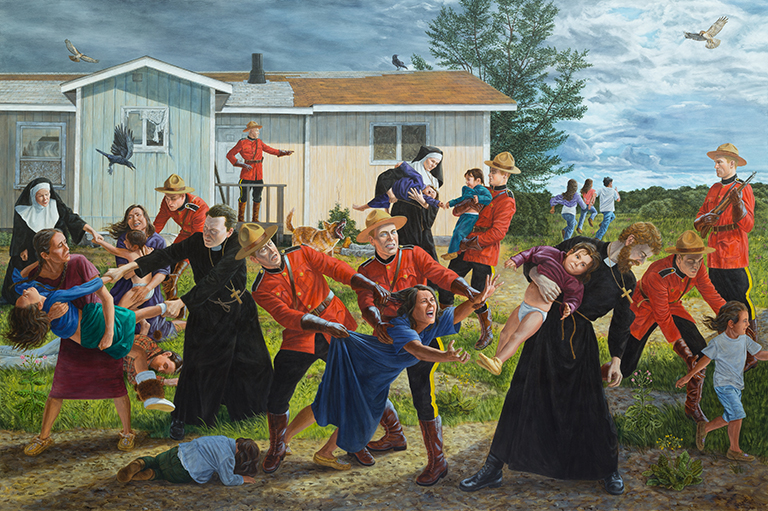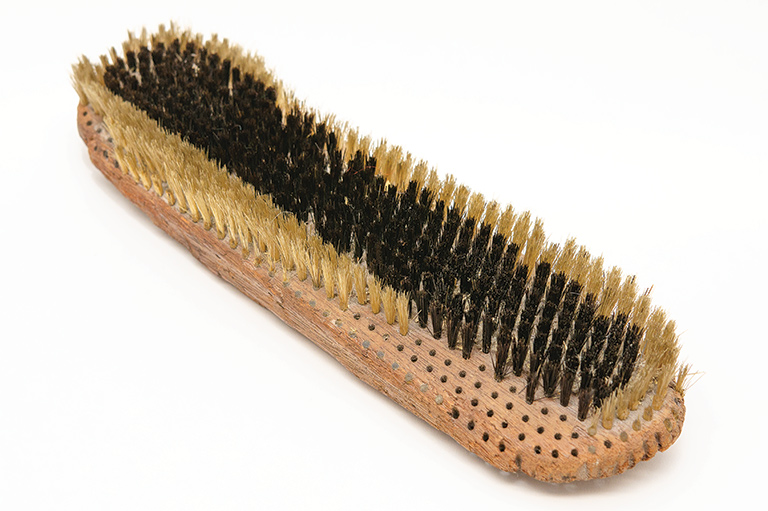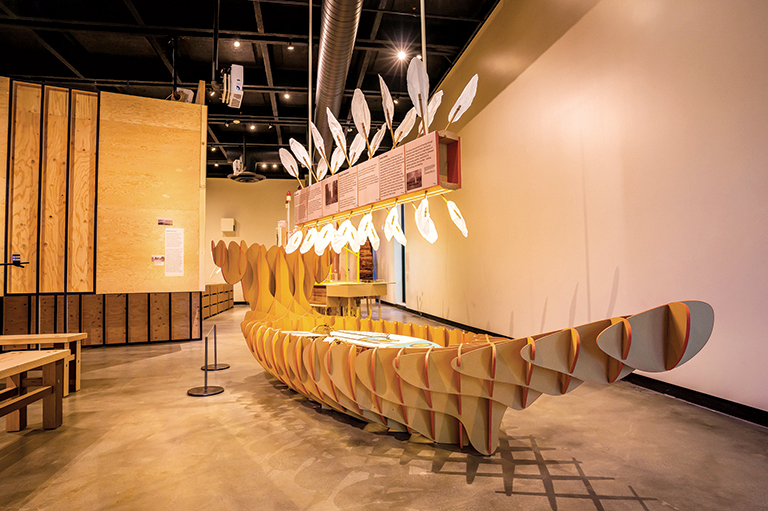Chunks of Raw Copper
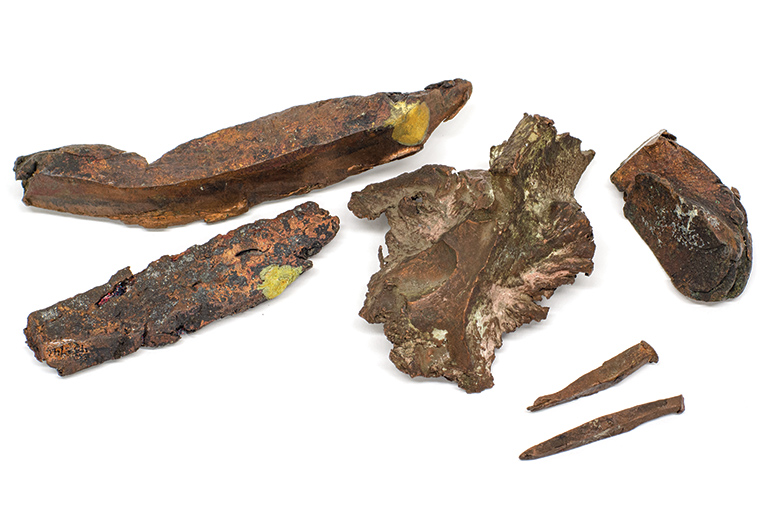
The territory we now call Canada has a number of naturally occurring copper deposits that were used by First Nations and Inuit groups long before the arrival of Europeans. Copper could be cold-hammered to make tools such as knife blades; hunting implements that included spear points, arrowheads, and harpoon end blades; and decorative items like bracelets, rings, or inlays on carvings.
When Europeans arrived, they took great interest in the continent’s natural resources — and the Hudson’s Bay Company was no exception. The company’s royal charter of 1670, granted by King Charles II, included the right to exploit mineral resources.
In 1920, the officers and men of the Western Arctic District gave these chunks of raw copper from the Coppermine River area of the western Arctic as part of a large retirement gift for Chief Factor James Thomson, land and fur trade commissioner. They were donated to the HBC Museum Collection in 1945.
With 7 uniquely curated newsletters to choose from, we have something for everyone.
Themes associated with this article
Advertisement

